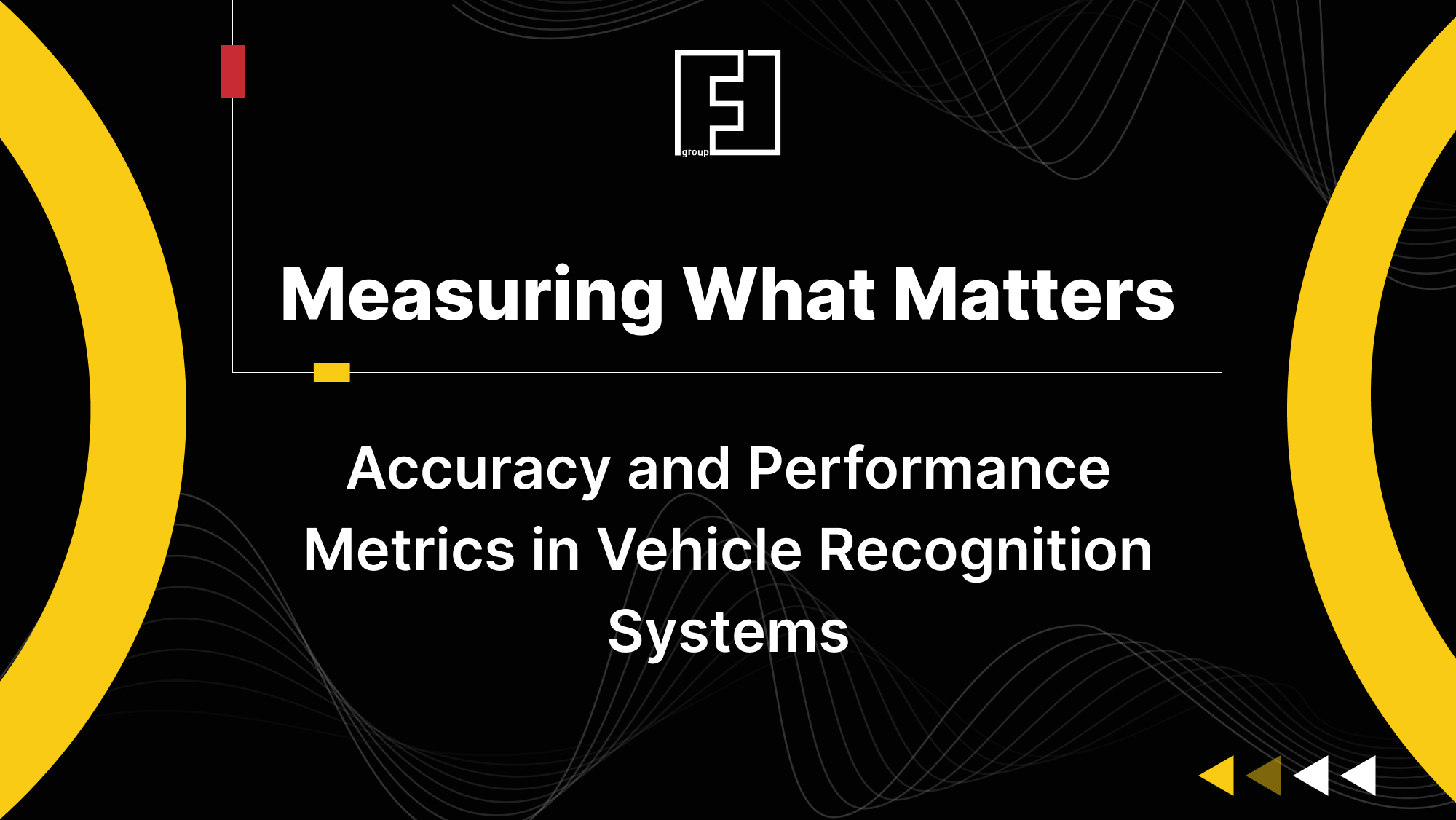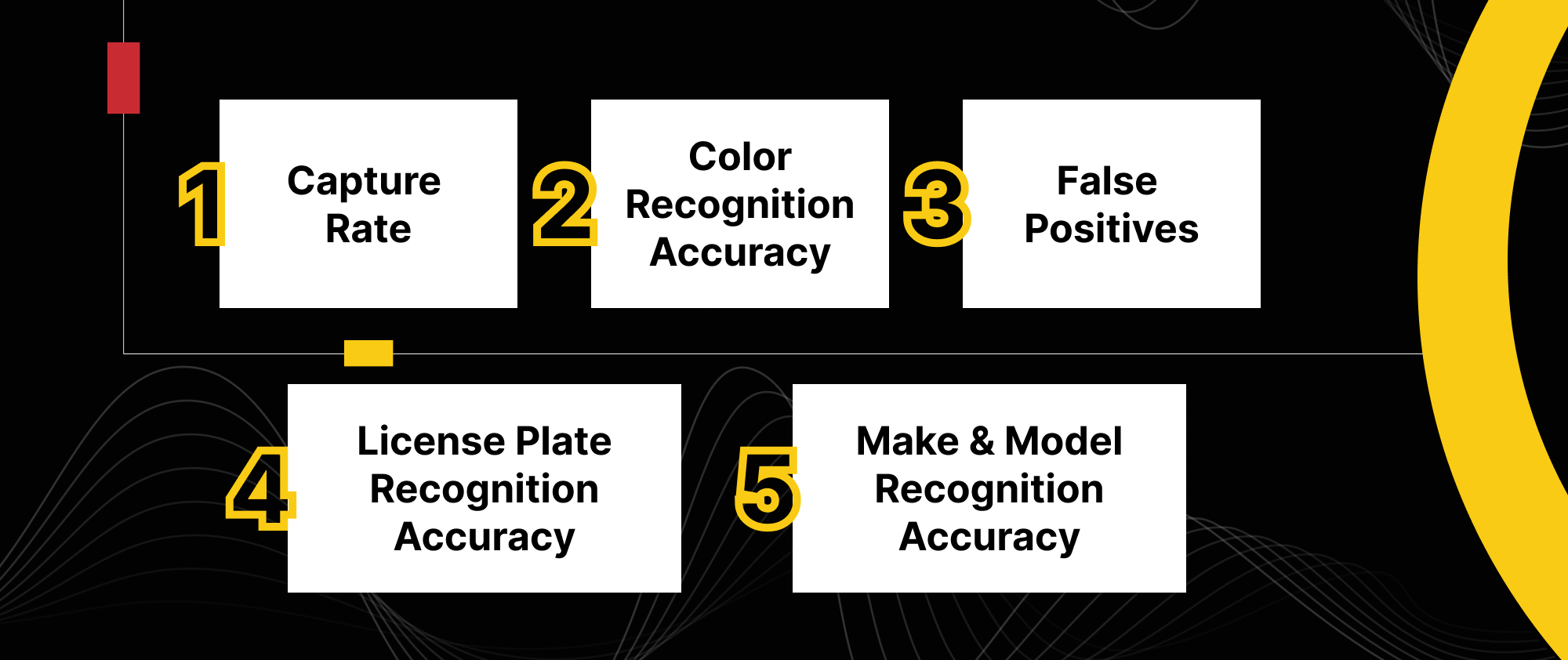
In today’s increasingly connected world, vehicle recognition systems are evolving beyond simple gatekeepers. From parking garage access to high-stakes police investigations, these technologies rely on a mix of license plate recognition (LPR/ANPR), vehicle make and model recognition (MMR), and even color detection to automate and accelerate decision-making. But with this growing reliance comes a critical question: how do we accurately measure the performance of such systems?
At first glance, it seems simple—“did it read the plate right?”—but real-world evaluation is far more nuanced. This article explores the different approaches to measuring recognition performance, highlights key metrics like capture rate and recognition accuracy, and explains why context matters—especially when comparing use cases like vehicle access control versus real-time law enforcement.

Before diving into methodologies, let’s define the most commonly used—and often misunderstood—metrics:
Together, these metrics provide a fuller picture of system performance—but only when interpreted correctly and in the right context.
In environments like gated communities, commercial parking lots, or logistics depots, the system’s job is straightforward: identify authorized vehicles and open the barrier.
Here, the key factors are:
The capture environment is controlled: vehicles slow down or stop, lighting can be optimized, and camera placement is predictable. Because of this, high recognition rates are easier to achieve—even if algorithms aren’t designed for tougher conditions.
With plenty of time and stable conditions, capture rate is less of a concern—most systems detect nearly all plates. Users then focus on LPR accuracy: how correctly detected plates are read. At scale, even 99% LPR accuracy can result in thousands of misreads daily across large networks of cameras. Parking providers therefore pursue every incremental improvement.
In barrierless (frictionless) parking, however, capture rate returns to focus. When cars pass without slowing, missed vehicles may go unnoticed—only suspected if a car is logged on entry but not exit. Here, both capture rate and recognition accuracy must be balanced.
Another consideration is fraud detection: vehicles without plates or attempts to trick the system with stolen or printed plates. Advanced AI-based LPR systems combining object and plate detection with post-analytics can identify such cases effectively.
In police and traffic monitoring applications, the stakes change dramatically. The system must operate:
Here, capture rate becomes the most critical metric—missing even a small percentage of vehicles can have serious consequences, often worse than misreading a plate.
Law enforcement systems also require:
Consider two systems:
Despite lower plate accuracy, System A clearly performs better in practice.
Why do some systems miss so many cars? Two main reasons:
Even well-designed systems can look misleadingly good—or bad—if evaluated incorrectly. Common mistakes include:
The key is comprehensive testing that mirrors real-world deployment conditions.
To fairly evaluate performance, consider the following:
In vehicle recognition, how you measure performance is just as important as what you measure. Access control systems can tolerate some errors, but law enforcement and traffic surveillance require uncompromising reliability. In those scenarios, high capture rate and fast recognition speed are mission-critical.
If you’re evaluating or deploying vehicle recognition technologies, focus on the full spectrum of performance—not just pixel-perfect plate accuracy. Real-world traffic rarely offers a second chance.